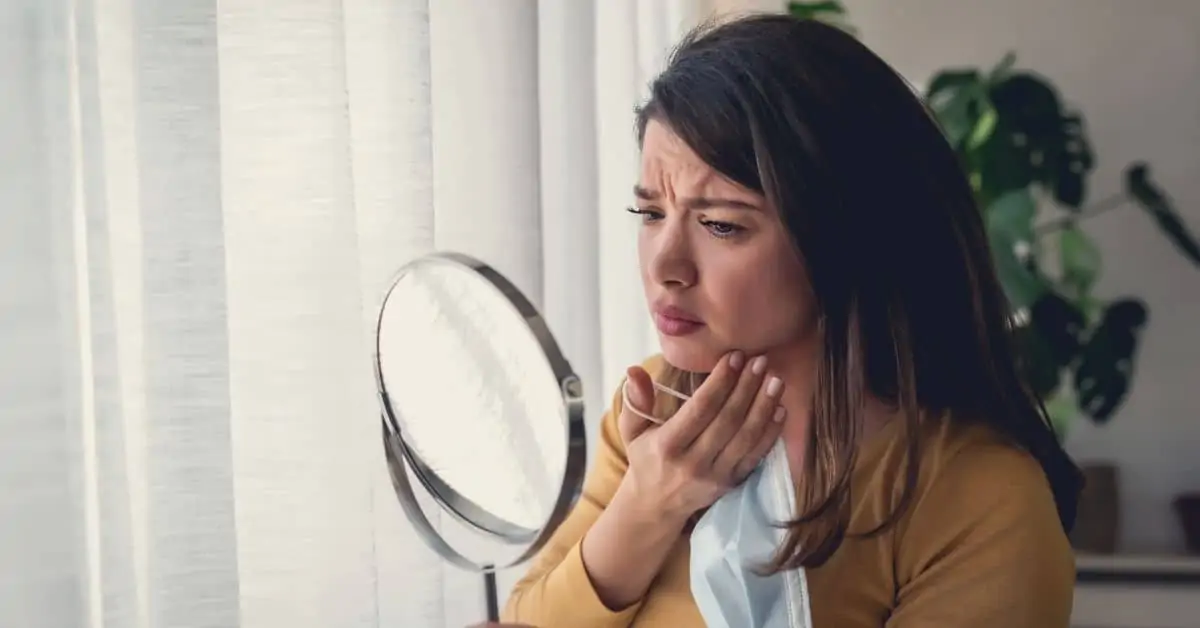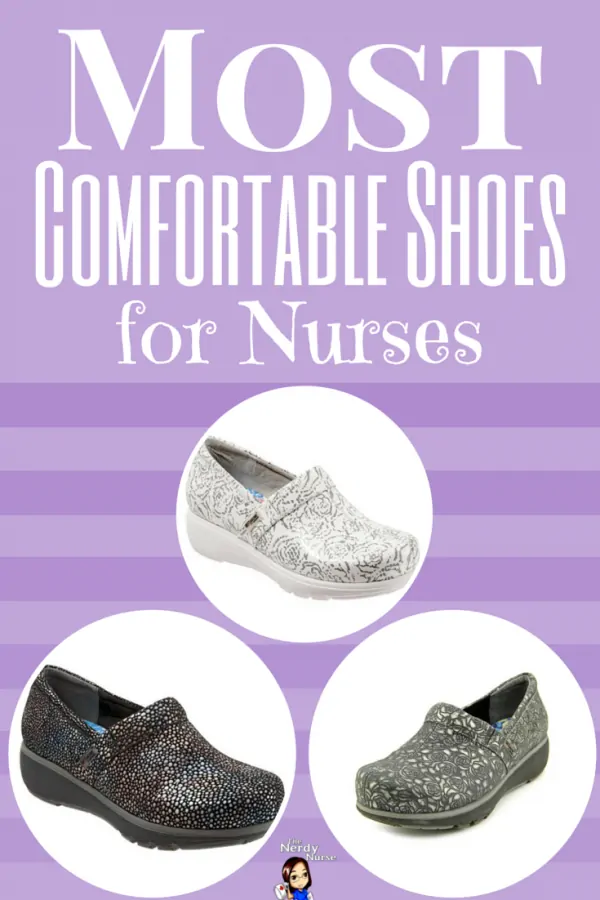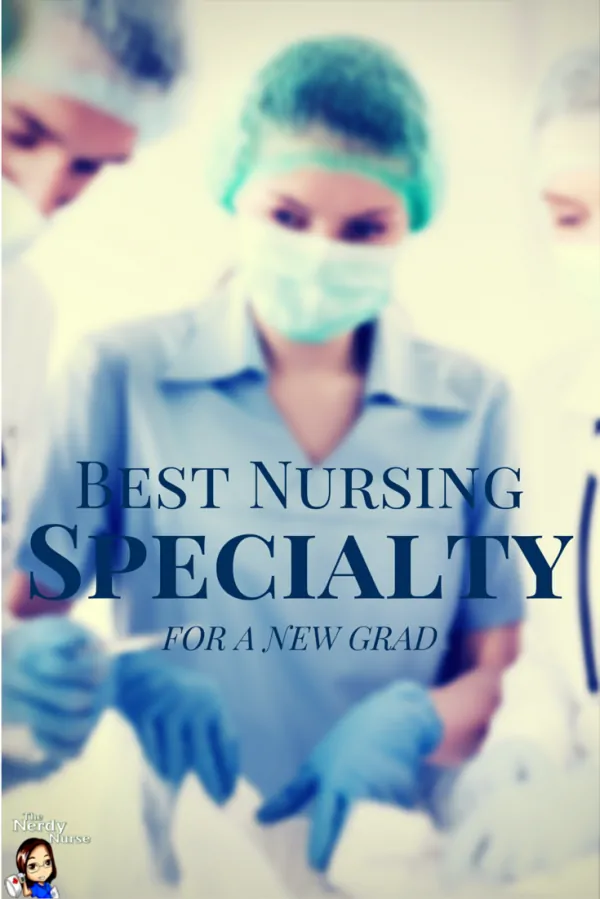These ideas will help you get rid of those painful spots on your face – including maskne. These are the best remedies for acne overnight.
There are lots of causes of both regular and acne and the troublesome maskne. You’ll need to get to the bottom of what is causing your acne if you want to treat it effectively. It is possible to have clear skin and be a nurse – you just have to know how to care for your face.
What Is Maskne?
Maskne is acne that comes from wearing a face mask. This includes any chafing or irritation around the edges where the mask rubs the skin. Prolonged mask wearing can also cause pimple-like bumps on anyone that has dermatitis or rosacea.
Here are a few of the ways that wearing masks for an entire shift can cause skin issues:
- Trapped Bacteria – Sweat, dead skin, and even makeup can be trapped under the mask and clog your pores. Then, when you touch your face, you introduce bacteria to these pores and it traps them underneath the skin.
- Friction – As your mask rubs your face, it can cause red marks and damage your skin’s protective barrier.
- Humidity – As you breath in your mask, it makes the environment within your mask really humid. This humid environment is a perfect environment for acne to form.
Even though it rhymes with acne, it isn’t the same thing.
What is Acne?
Acne is a skin condition that happens when the hair follicles under the skin become clogged with too much oil and dead skin cells. It’s most common among teenagers, but people of all ages fight acne.
Difference Between Acne and Maskne
They might sound similar, but they are two different conditions. Maskne is irritation from wearing masks. Acne is caused by clogged pores and hair follicles underneath the skin.
So when you go to treat either one, you need to know which you are dealing with. Since they are caused by different things, you can’t treat them the way.
How To Treat Maskne and Acne Overnight
Before you try to treat your skin, try to figure out what is causing it. That’s the most effective way to help your skin to heal.
If your problem is that your mask is rubbing your face too much, the best thing you can do is create a barrier between your face and and the mask. Use a moisturizer that is non-comedogenic – that means it won’t clog your pores. The best one is Cetaphil Healing Lotion for Face.
For those little zits and spots, use a gentle spot treatment. Only use them before you go to sleep. If you apply them before you wear your mask, it will hurt and cause even more irritation. The best non-drying acne treatment gel is Clearcalm Non-Drying Acne Treatment Gel. Another option is a gentle Hydrocolloid Acne Pimple Patch Spot Treatment. It comes with a little patch that covers up your zit and helps it to heal really fast.
Finally, use something with retinol in it. If your skin is already red and irritated from your masks at work, then sandwich your retinol application between moisturizer. In other words, apply moisturizer, then retinol, and more moisturizer on top. Retinol makes your skin sensitive to sunlight, so only do this at night and do not use it if you are using another spot treatment.
How To Prevent Acne Overnight And Maskne
Washing and moisturizing your face twice a day will help you prevent both acne and maskne. When you keep your pores free from sweat, bacteria, and dirt, you help your skin prevent those painful breakouts. Do not use super-drying acne face washes if you wear a mask at work. You need to be gentle on your skin. Instead, pick a gentle cleaner formulated for sensitive skin.
You also need to avoid any products that will strip your face of its natural oils. You are causing a lot of stress on your skin and probably already harming that skin barrier, so do everything you can to fortify it. Avoid any facial masks, scrubs, washes, or toners that strip oil from your face.
Lots of dermatologists also recommend not wearing makeup if you need to wear a mask for a long period of time. Your foundation and other products will combine with your breath inside your mask to clog those pores. Stay away from them.
Finally, use a powerful moisturizer. You need to feed your thirsty skin so that it stops overproducing its own oil. Apply facial moisturizer twice a day – or more if you find that your skin is itchy or dry.
Final Thoughts
Take care of your skin and don’t wait until your acne or mask skin problems are out of control before you try to treat them. Wash and moisturize your skin twice a day. Keep it healthy and you will have fewer problems.
More Nurse Life Tips
If you enjoyed these skin tips, then you will enjoy these nurse life tips too.





